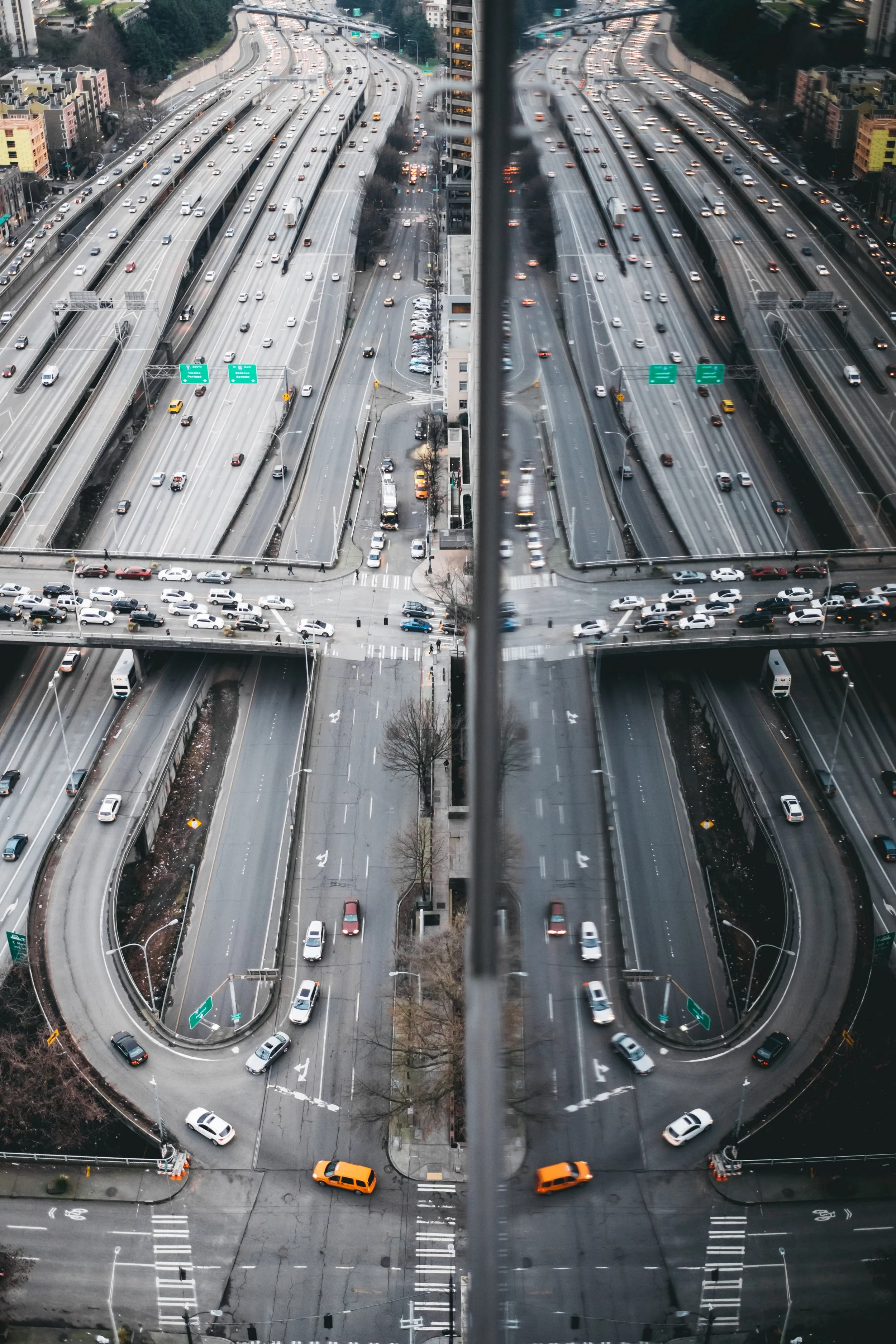It goes by many names — the Jevons Paradox, Braess Paradox, Marchetti’s Constant or Downs’ Triple Convergence — but the science is clear: expanding freeway capacity makes traffic worse.
Read MoreHouston’s “Energy Corridor” gets a pedestrian makeover, but just one thing seems to be missing: Pedestrians.
Read MoreHartford, Connecticut is considering a pioneering move to make parking pay its way.
Read MoreBig data and new technology make bold promises about solving urban problems. Not only do they fall well short of solutions, but can actually make things worse.
Read MoreBig money “pedestrian” projects are often not for pedestrians at all. Their real purpose is to serve faster car traffic.
Read MoreA new report shows the automobile industry preparing for a future with fewer cars and less driving. Planners and policymakers should take note too: this is not the time to build new roads.
Read MoreIt’s become common for the media to run stories about a supposed pandemic-induced flight to the suburbs. But there’s a problem: it’s not supported by data.
Read MoreTwo polar cases suggests that density (or lack thereof) has little to do with the spread of the pandemic.
Read MoreIf we’re willing to learn, this experiment shows us how to fight congestion and get a more efficient transportation system.
Read MoreThe New York Times (among others) is speculating that COVID-19 will spur a massive exodus from cities. These claims are based on two very dubious assumptions.
Read MoreA new study shows that car-dependent cities have fewer independent restaurants. This not only makes our places weaker, it makes them less interesting too.
Read MoreThe Oregon Department of Transportation’s lies about safety are so blatant they can be seen 400 miles away.
Read MoreNew studies confirm people are willing to pay more to live in walkable neighborhoods. So why don’t we build more of them?
Read MorePortland diners are mourning the loss of one of the city’s largest and longest-running food cart pods. The property is being redeveloped as a 35-story high-rise. What can the death and birth of food cart pods teach us about the importance of dynamic change in cities?
Read MoreNot for the first time, the Car-pocalypse failed to materialize around Seattle’s new SR-99 tunnel. This is further proof we’ve been underestimating commuters’ ability to adjust to transportation changes. Have we also been overestimating how much they value these multibillion-dollar megaprojects in the first place?
Read MoreDoes walkability promote economic mobility? A new study suggests so. But will planners, engineers, and policy-makers take notice?
Read MoreTransportation for America has boldly laid out three key principles they say should govern federal transportation policy. That’s a great start. But here’s a fourth.
Read MoreLong commutes and those who must endure them are reliable stories for a transportation reporter. What’s not often talked about is what lies behind the “super-commuting” phenomenon—cheap gas, sparse housing and inadequate transit.
Read MoreFlawed methodology. Lack of accountability. Discrepant data. Egregious assumptions. The new Urban Mobility Report will be used to make or justify transportation policies around the country, which makes it too wrong to be ignored.
Read MorePortland diners are mourning the loss of one of the city’s largest and longest-running food cart pods. The property is being redeveloped as a 35-story high-rise. What can the death and birth of food cart pods teach us about the importance of dynamic change in cities?
Read More


















